Cars: Freedom, Style, Sex, Power, Motion, Colour, Everything
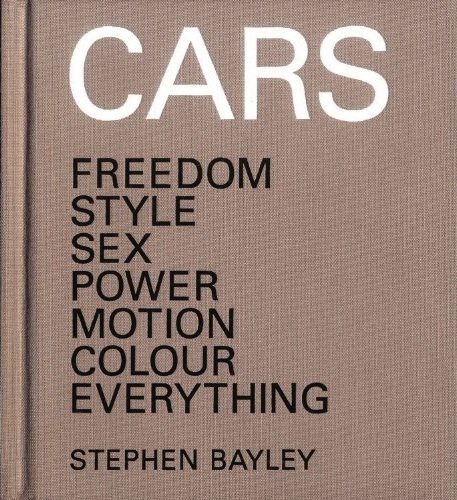 by Stephen Bayley
by Stephen Bayley
Everything about this book, inside and out, is “designerly”. It is not an automotive history, nor is it in any way “nuts-and-bolts” as both author and publisher attempt respectively to make clear in the book’s introduction and press material that accompanied our review copy. It is, however, as the author writes at the outset, a “book about cars as the ultimate product of consumerized industrial capitalism.”
The “designerly” presentation—hardcover, bound with medium-grey pseudo-suede— slips vertically into a hardsided case that is covered in black cloth. But the case leaves the top-third of the 11”-tall book extending out. Handsome, and impossible to ignore. Equally difficult to ignore is the calculated tease of the title that is embossed on both the book cover and its slipcase—whether or not you recognize the derivation of the words. (Think Tom Wolfe.)
The pages present 86 cars, ranging from 1908 Ford Model T to 2003 BMW 5, are equally impossible to ignore for the images and page layouts are dramatic. Four pages are allotted each car; a two-page spread showing the vehicle—and each vehicle from precisely the same perspective—followed by two more pages of photos of design details. Text for each is only on the left hand page of the initial two page-spread
It is obvious from the 25-page introduction titled “Nature builds no machines” and the minimal text accompanying each car that Stephen Bayley considered carefully each word he wrote. Your reviewer first became aware of Bayley with the 1983 publication of his book Harley Earl. Then this Londoner was the director of a foundation at the Victoria and Albert Museum, as well as a journalist/author/critic specializing in automotive design. Over the ensuing years he’s consulted with major manufacturers worldwide while continuing his commentaries on art and design, in print and on-air.
While it is clear that Bayley identified the cars that would be presented, accomplishing the just-for-this-book photography was the exclusive domain of Tif Hunter. Hunter created a special traveling studio in order to control shadows and external visual references so that images of all cars present equally. Well, almost.
Understand that this book was conceived, written, printed, and photographed entirely in the UK. And the cars photographed were all domiciled in the UK, regardless of make, model, or year of manufacture. That translates to fewer of any given year/model from which to select. Hold that thought a moment.
Auto-centric readers of books and magazines devoted to the topic, and who attend concours and shows are accustomed to seeing perfect to over-perfect examples of…whatever. When examples from which to select are limited, less than perfect specimens suddenly become acceptable. Such is the case with a number of the cars—significant for their design—that are portrayed on the pages of this book.
What to do? What to do? The solution was ingenious and, as mentioned earlier, “designerly”. All were photographed in full color. But there is not one single page in this nearly 400 page book that is printed in color. Every photo was printed monochrome. Thus unless you really look closely, the pits and blemishes on chrome, or the wavy lines of a less than straight body panel, the not quite clean tires, even the rusted (some pretty badly) rocker panels, are not “in your face” visible.
This book definitely has merit. Repeatedly, with each turn of the page I thought what a tremendous “grown-up” gift this book would be for a young person—male or female—with dreams of making a life, building a career, designing things (yes, anything, but certainly those longing to be part of the automotive-design community). While the text is instructive, it is not lecturing or boring, and a reader gains understanding and perspective of the global evolution of automotive design over a century’s worth of decades. It is edifying and enjoyable—Industrial Design, the Automobile, 101.
But don’t make the mistake of thinking this book is only for the neophyte. For those already knowledgeable, you’ll not be able to sit back and passively read. Bayley has strong opinions and isn’t timid about expressing them. He provides (to say the least) a fresh, thought-provoking perspective. Consider his definition of supercar: “A private passenger car, usually Italian, often of lascivious and outrageous appearance with astonishing proportions…characterized by inflammatory rejection of secondary ergonomics and total disregard for basic functionality.”
Spend—purchasing, reading, and contemplating what you read and see. You’ll be well repaid.
Copyright 2010 Helen V Hutchings (speedreaders.info)


 RSS Feed - Comments
RSS Feed - Comments
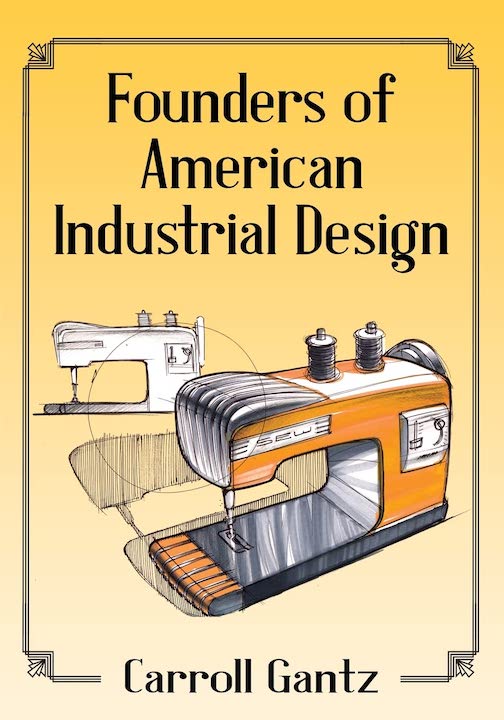

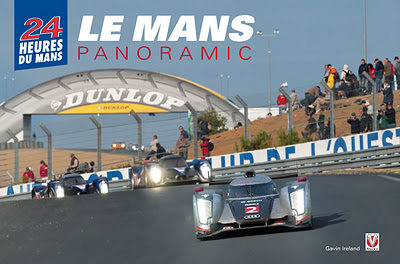


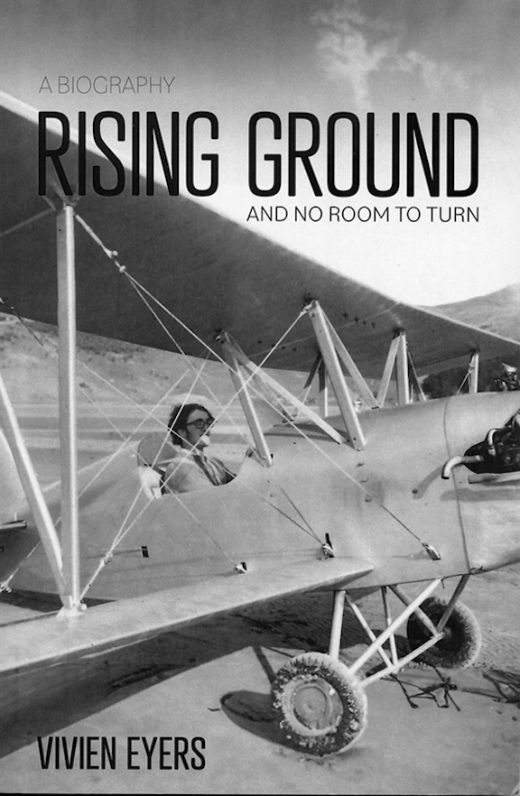
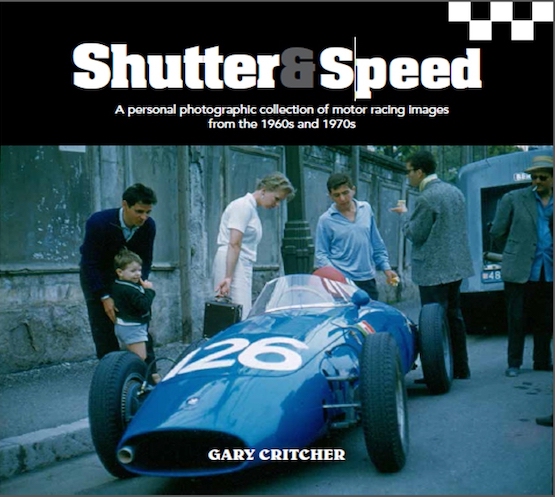
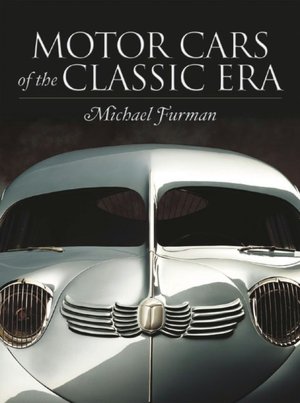

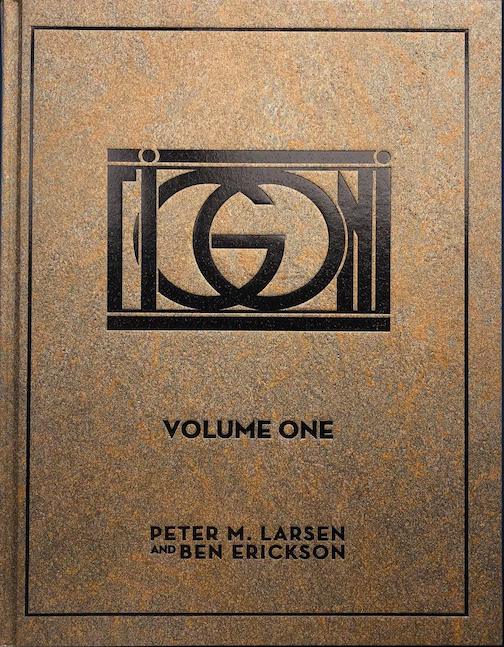
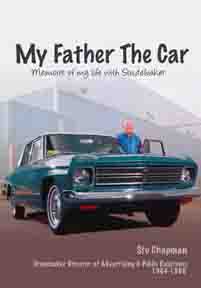

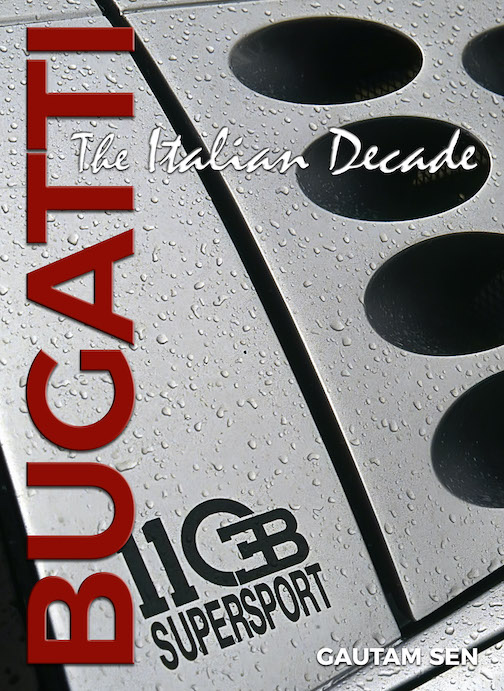


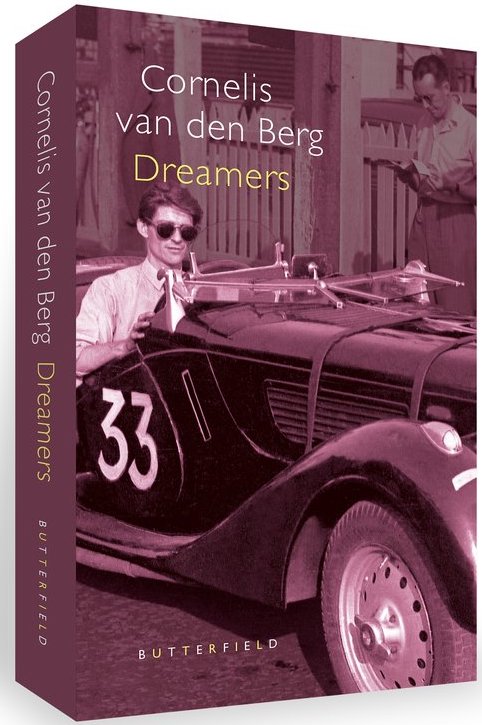
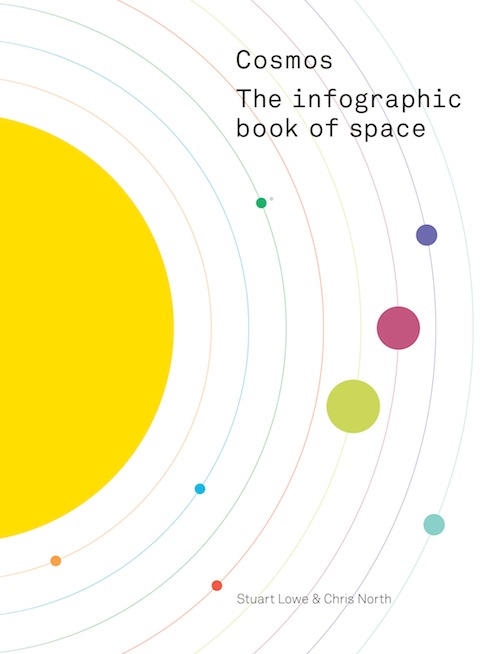
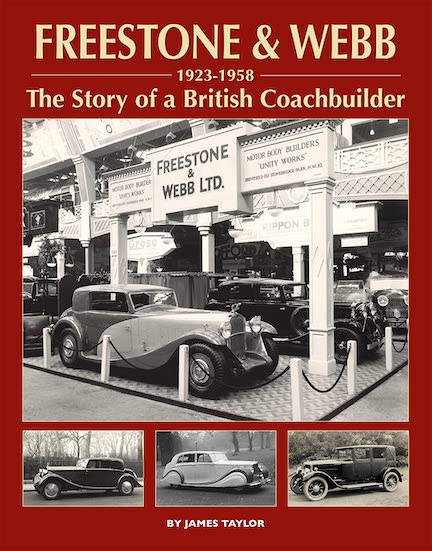
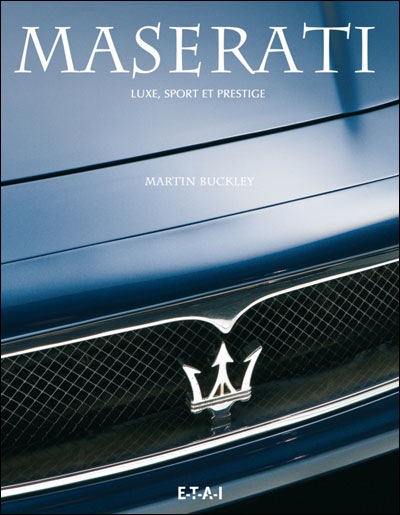

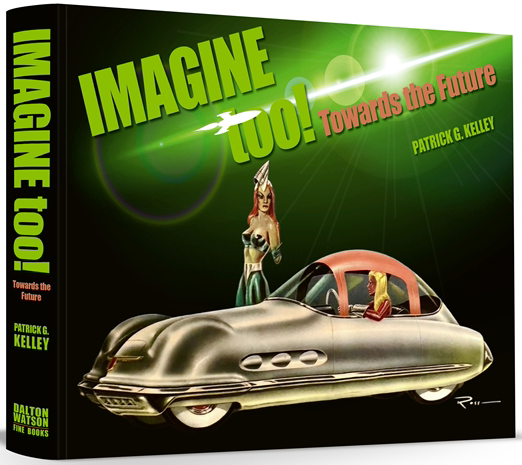
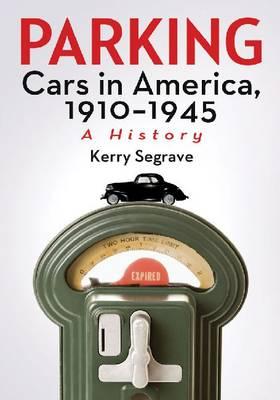




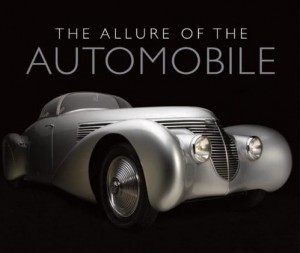
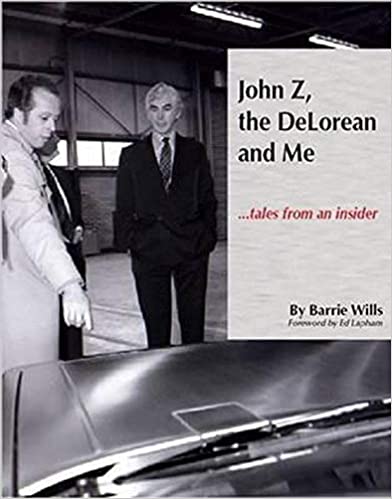
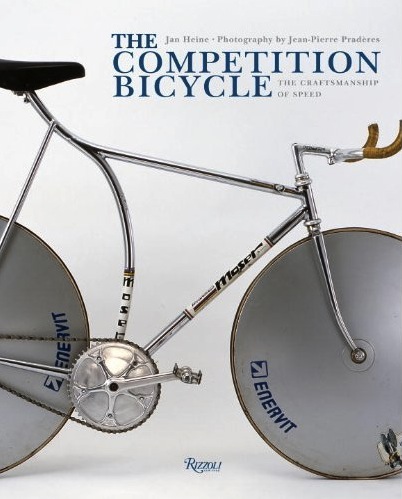



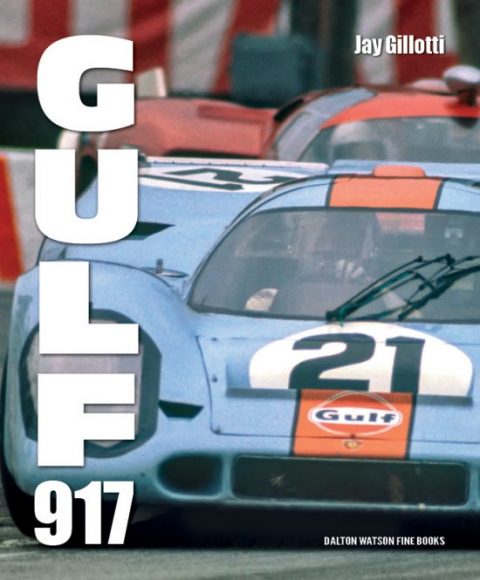
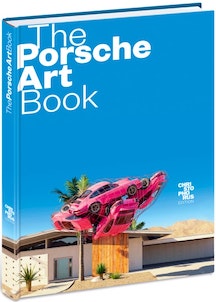
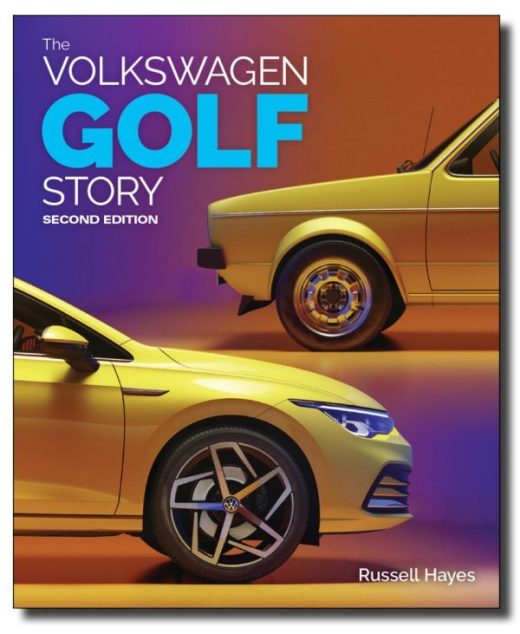

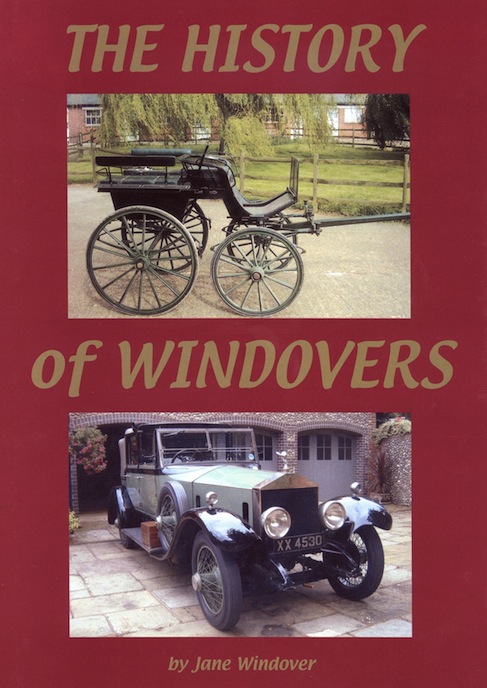
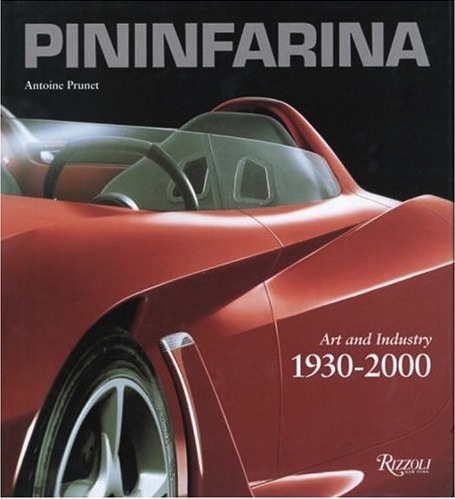
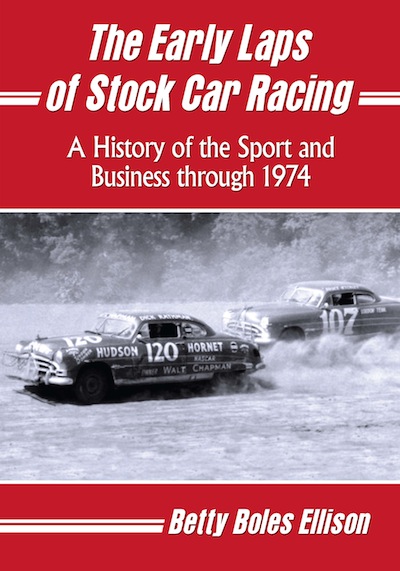

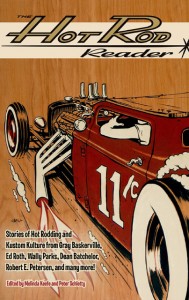

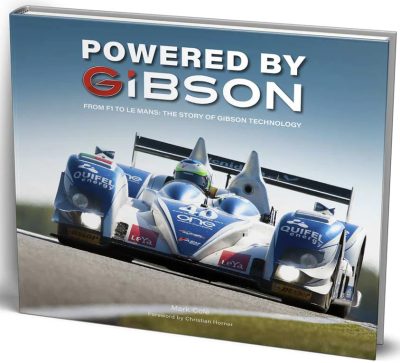
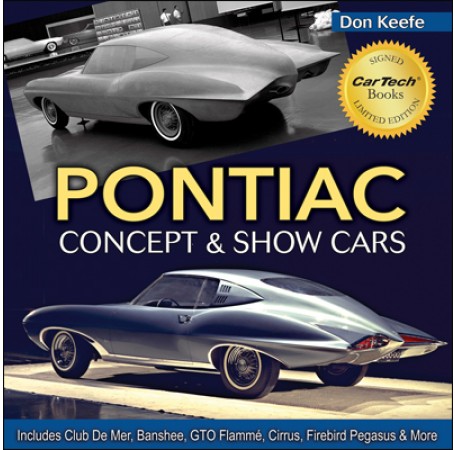

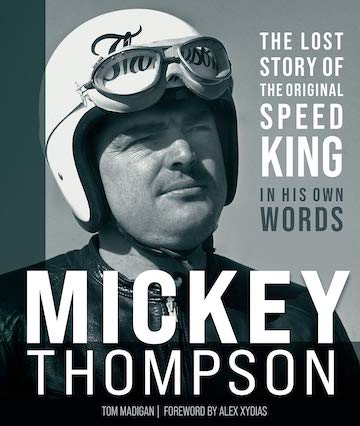
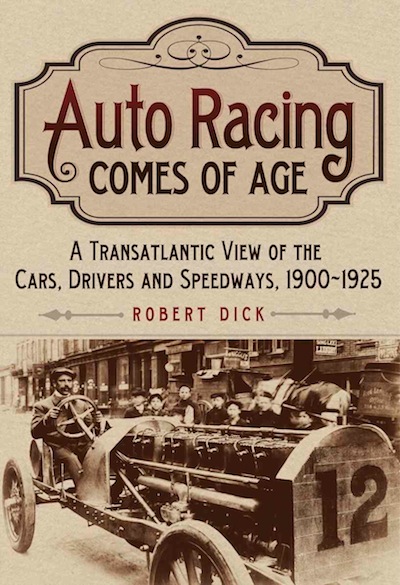
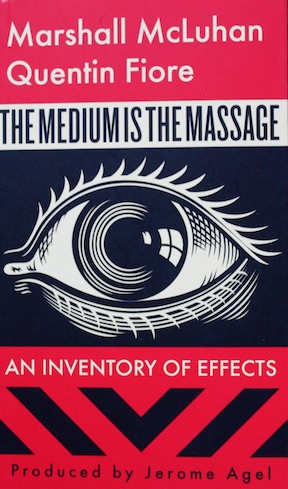
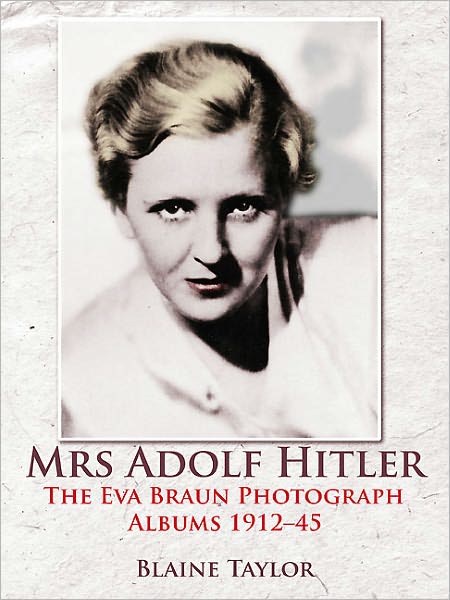
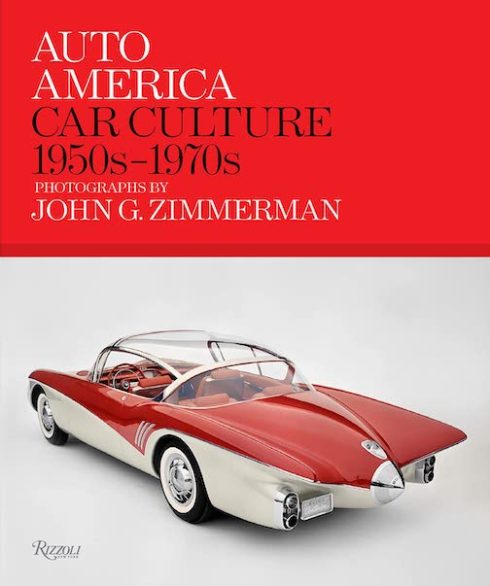
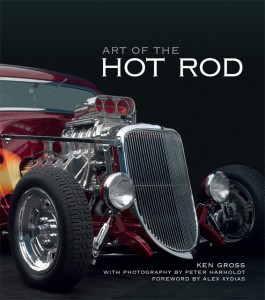


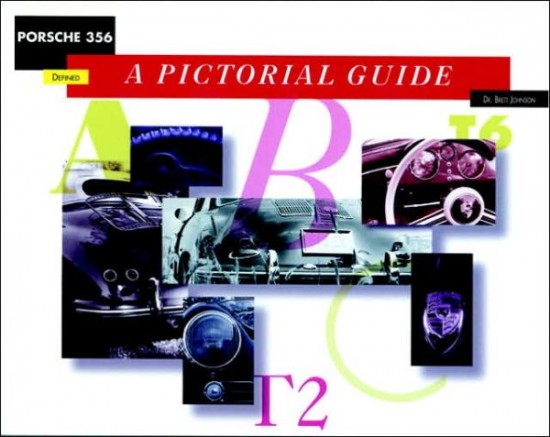




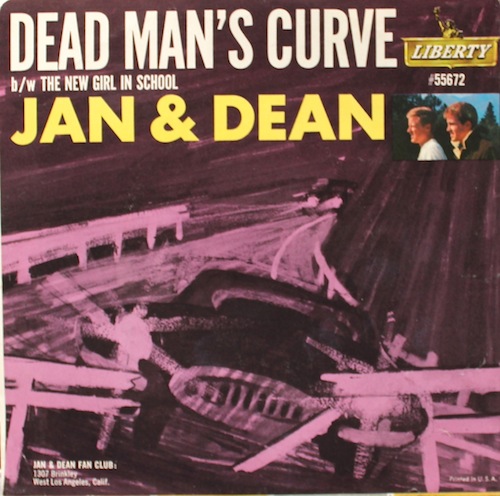
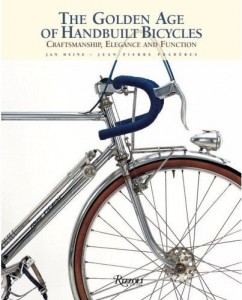



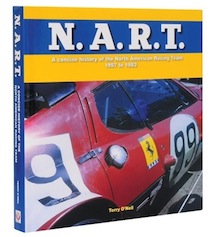
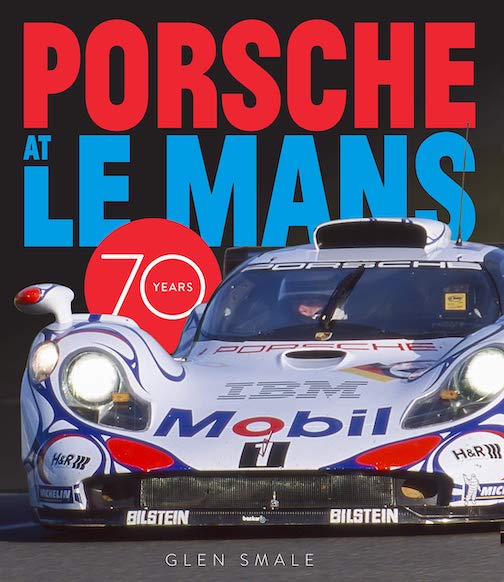

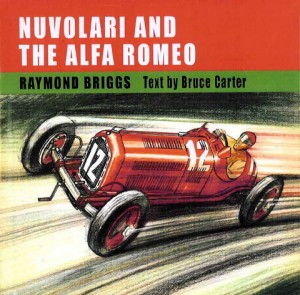
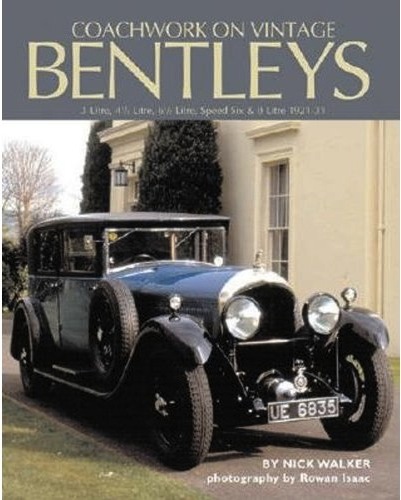
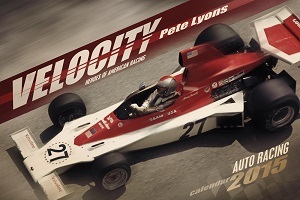

 Phone / Mail / Email
Phone / Mail / Email RSS Feed
RSS Feed Facebook
Facebook Twitter
Twitter